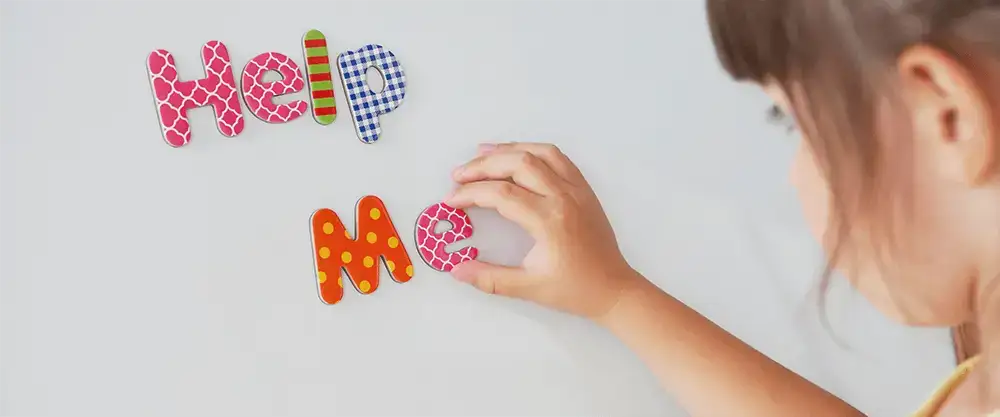By Cassandra Noyes, LCPC
“I just want to be dead” is a statement heard more often now in conversations with adolescents. Hospital staff, school counselors, and mental health professionals are reporting larger numbers children struggling with thoughts of suicide, and suicide rates for adolescents have been increasing over the past years. Things like increased social pressures, ease of access to technology, and increased anxiety and depression during the pandemic have compounded the issues young children are facing. All of this points to a problem that is likely to get worse before it gets better.
The American Foundation for Suicide Prevention says, “There’s no single cause for suicide. Suicide most often occurs when stressors and health issues converge to create an experience of hopelessness and despair. Depression is the most common condition associated with suicide, and it is often undiagnosed or untreated. Conditions like depression, anxiety, and substance problems, especially when unaddressed, increase risk for suicide.” Knowing the warning signs are an important first step for parents and guardians to help their children cope with the challenges faced today.
Some, but not all, of the warning signs include:
- Hopelessness: Sometimes sounds like comments about things never getting better or changing.
- Worthlessness: Can include putting themselves down, being overly critical of self, or asking if they were a mistake or if things would be better without them.
- Withdrawal: Can include no longer doing the things they enjoyed, not talking to or interacting with others, or spending less time playing.
- Suicidal Comments/Jokes/Behaviors: Might be pretending to die, joking about not being around anymore, making gestures about dying.
- Mental Health Conditions: Depression, anxiety, etc.
- Serious Physical Conditions/Pain: These can increase feelings of hopelessness.
- Prolonged Stress: Which can lower the ability to cope with challenges and cause things to feel overwhelming.
- Focus on showing love, compassion, care, and empathy.
- Say and do things to show and communicate love and check in often by asking things like, “How are you doing?”, or “Are there things you’re concerned about?”.
- Try to remain non-judgmental and avoid comments like “You shouldn’t feel that way.”, or “Don’t think like that.”.
- Listen more than you talk, and try ask open ended questions like “Tell me more about that?”, “When did this first start?”, or “How were you feeling when that happened?”
- Try not to offer quick fixes, don’t jump directly to problem solving mode focus on the conversation.
- Talk openly and honestly with your child.
- If you think they might be thinking about suicide, ask them. Talking about suicide will not give someone the idea or increase the risk, it will show them that you are a safe person to talk to if they are thinking about it. It also increases understanding, feelings of support, and can lift the burden of keeping a big secret.
- If they don’t want to talk right away let them know you are a safe person to talk to who will not judge and will promise to try and listen.
- Continue checking-in and communicating and remain calm & non-accusatory. Be a calm and safe presence when their world is feeling chaotic and unsafe.
- Take your child seriously no matter what.
- Try not to downplay or explain away their feelings. Offer support and caring. Focus on being there to listen non-judgmentally.
- Even if it feels like a cry for attention or that they might be overreacting, remember that they are dealing with compounding problems and they might not know any other way of asking for help.
- Therapy can help.
- Work with school counselors and mental health professionals to find a clinician that has experience working with adolescents and suicidal thoughts. Find someone that your child feels comfortable working with.
- Participate in your child’s therapy and be an ally for them. Help support the goals and changes they are making in therapy. When one person in a family system starts to change it can disrupt the entire system, so be patient and work on growing as a family so everyone can feel supported.
- Including positive experiences and interactions can increase feelings of connection and safety.
- Movie night, game night, going to a park, bike riding, making their favorite meal together, or doing things they enjoy are ways to build connection and resilience.
- Uninterrupted time that is focused on positive interactions can build understanding and increase feelings of support.









